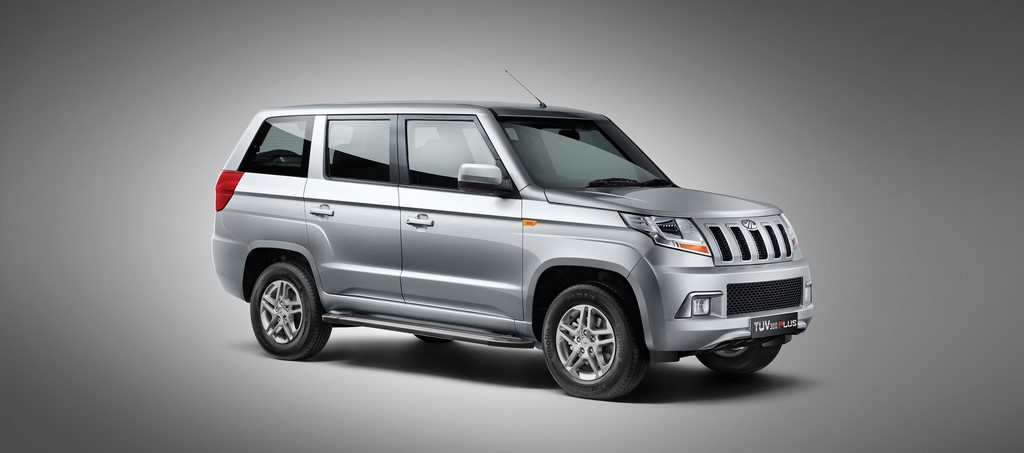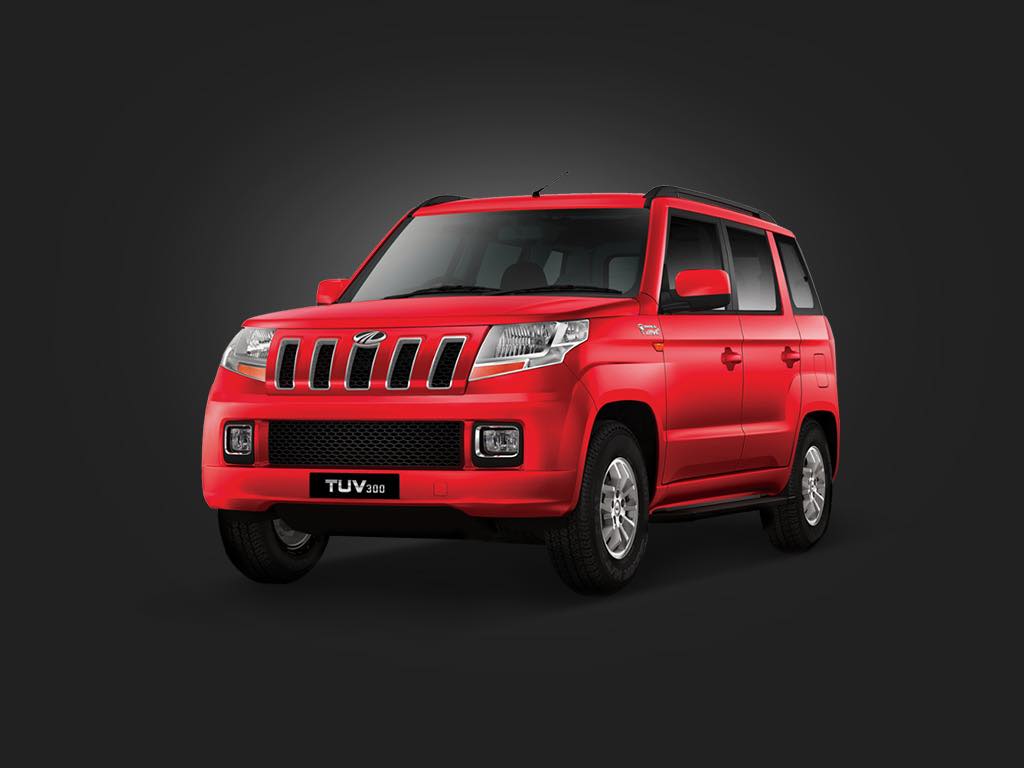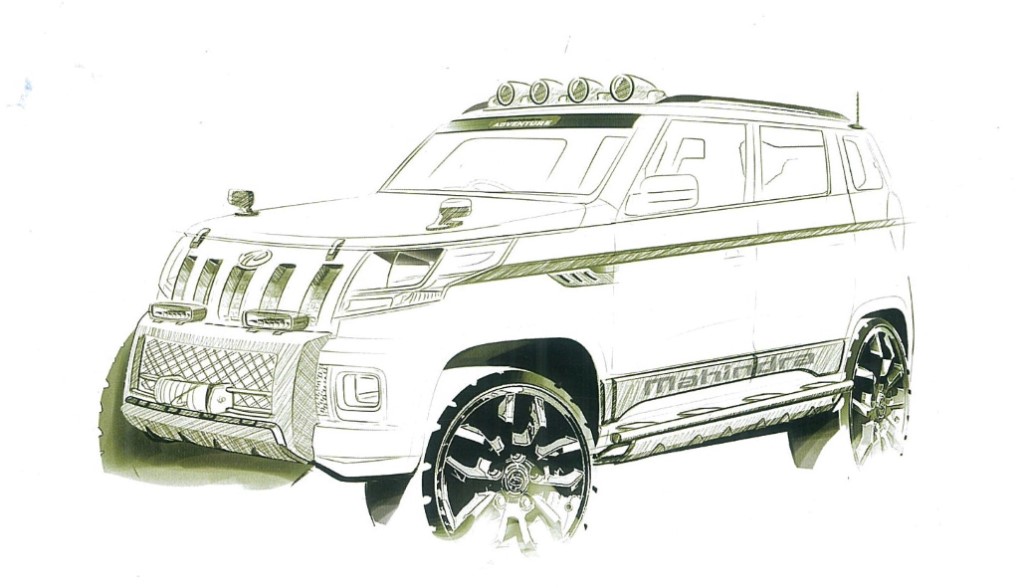We started our run towards Paro after the sight-seeing session
Post lunch, we drove down to the Punakha Dzong to explore the place and learn a bit about its history. There’s this rule in Bhutan where you’re not allowed to wear hats, caps, shorts, etc. to places like these and hence all of us were asked by our guide to remove our caps and stuff. The Dzong looks very majestic and it is also the second largest Dzong in the country. The structure has been constructed beautifully and it consists of some really interesting designs and a lot of colours. We were given a detailed tour of the Dzong and it was quite exhaustive. Once we were done with this, it was time to start driving towards Paro because it was already 5 pm.
The snow-capped Himalayas can be seen in the background
Bhutan is a very pleasant country and it is neat, clean and most of all, happy!
The drive from Punakha to Paro took around 5 hours to cover despite the fact that the distance is just 127 kms. Speeds reduce gradually when you’re driving on tight and narrow roads and the average speed of a convoy is also a bit lower than that of individual cars. We started out from Punakha and made our way towards Paro and on the way, we crossed Thimphu too, though we didn’t really enter the city again. But before that, we again halted at the ever so beautiful Dochula Pass again for some food. For me, the highlight of the trip has definitely been this because the scenery all around is just too mesmerising and these are the times when you realise there are so many pretty places on our planet.
Once we entered Paro City, we stopped for a quick glance of the Rinpung Dzong
It was quite dark when we entered Paro and we got a chance to see the Paro Airport which was right adjacent to our road. The Paro Airport is the only international airport in Bhutan and air traffic is also very less with hardly a few flights coming in everyday. Up ahead, we even saw the spectacular Rinpung Dzong fortress monastery which overlooks the Paro Valley. Rinpung means Heaps Of Jewels and the monastery is made of stones instead of clay. Above this Dzong is a hill which houses the Ta Dzong watchtower which has actually been the National Museum of Bhutan since 1967. Up ahead of the Dzong is the main city of Paro which has a couple of small streets housing a lot of cafes, restaurants and shops.
The free day in Paro resulted in some more exploring and sight-seeing
The next day in Paro was the last day of 2017 and it was again a free day for us. Paro is known for Tiger’s Nest (Paro Taktsang) which is a very famous Himalayan Buddhist sacred site. It is also very popular with trekkers because the climb is quite challenging and takes at least a few hours. While I didn’t go for the actual trek, we did go up to the base of the trek where our guide showed us around and explained us the history of the place. After this, we again headed towards the Rinpung Dzong for a quick photo op. Had a lovely lunch at one of those tiny cafes on the street and then explored the city for a couple of hours before heading back to the resort. Paro is quite a busy city and the marketplace always seems to be buzzing with activity. Shops are lined up neatly, cars are parked accurately and in the midst of all of the hustle-bustle, the city stills feels so peaceful.




